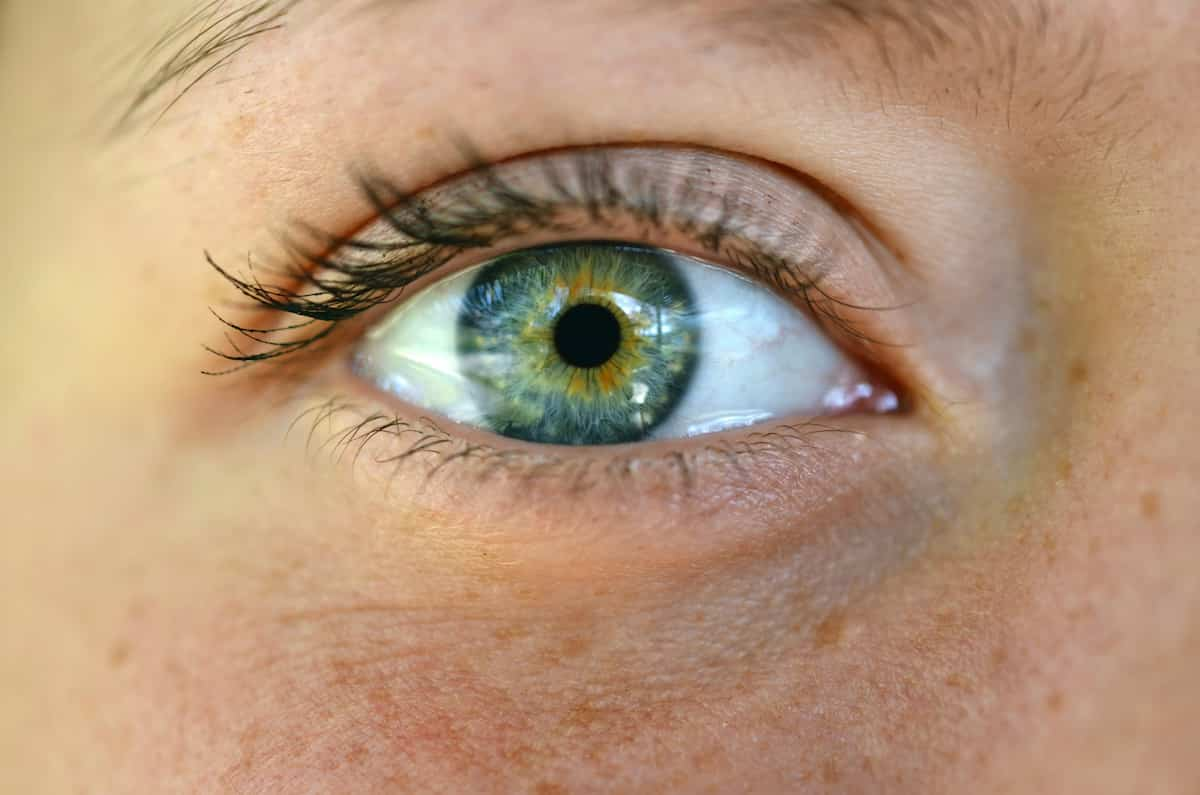Feeling lonely is a part of some people’s genetic makeup.
People who are neurotic have a genetic tendency towards loneliness.
Neuroticism is a personality trait that indicates a tendency to experience stress and insecurity.
However, loneliness is not just genetic, it is also a result of life circumstances.
In fact, the environment plays a bigger part than genetics — which is good news, because that means it can change.
Lonely people do not have to stay that way, whatever their genetic makeup.
Professor Julie Aitken Schermer, the study’s first author, said:
“If you have rich interactions with people, that’s an environmental component that would combat the genetic impact of loneliness.”
The conclusions come from research on 764 pairs of twins in Australia.
Twins enable researchers to separate out the influence of genetics and the environment on a person.
All were asked about their personality and any loneliness they experienced.
The results showed that people who were neurotic reported feeling more lonely.
In contrast, those who were high in extraversion, agreeableness and conscientiousness were less likely to experience loneliness.
The authors write:
“The results suggest common genetic and unique environmental factors play a role in personality and loneliness.”
Professor Schermer is worried about the spread of loneliness across society:
“It does concern be me because we’re getting lonelier as a society.
We’re not having the same richness of interaction.”
Professor Schermer sees it in her students:
“They’re all looking at their devices and not interacting with each other.
I always tell my students, ‘Put your stuff down and talk to each other.’
This is the key time to make friends – they already have things in common.”
Related
- Banish Loneliness: 10 Simple Techniques To Feel More Connected (P)
- 8 Shocking Ways Loneliness Rewires Your Brain (P)
The study was published in the Journal of Research in Personality (Schermer & Martin, 2019).










